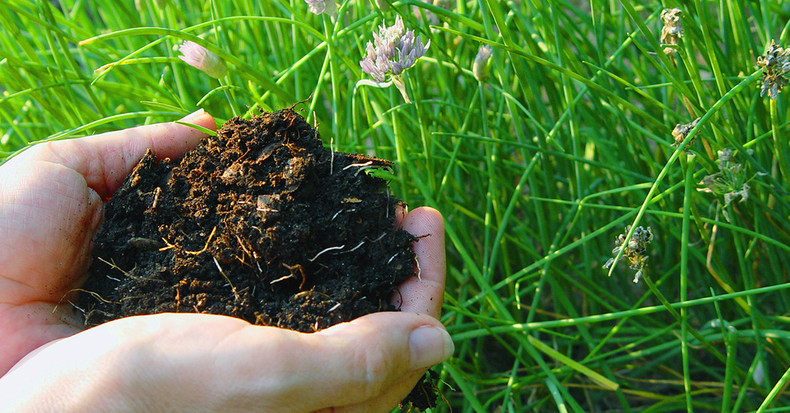
In our previous blog we talked about the many ways that you can start getting ready for spring now that it’s nearly March. One of the entries that we were most excited about was composting, because, as much work as it can be, it’s also very rewarding. Instead of sending your fruit and veggie scraps to the landfill, you instead keep them at your home and turn them into...but wait, we’re getting ahead of ourselves. Here are the steps you can take to reducing your refuse and improving your garden’s health.
So What Is Composting?
Composting means taking organic matter and turning it into a more readily-usable organic matter. Vegetable scraps and fruit peels join yard trimmings in a sun-heated container in order to create an environment that encourages lifeforms such as microbes, fungi, worms, snails, and insects to consume and excrete the plant matter, turning it into what we know as soil.
What Do You Put In?
What you can put in a composter is determined by the size of it, because the larger and more well-tended it is, the more it can “digest.” Industrial, city-wide composters can take just about anything organic, no matter how tough it is: chicken bones, corn-based plastics, newspapers, and pretty much anything left on your plate after a meal.
Backyard composters are usually more lightweight. Toss in your banana peels, apple cores, egg shells, and cantaloupe rinds. When fall comes around, put in your dried leaves and used-up tomato plants. It’s also a good idea to take a shovelful of garden soil and toss it in to increase the variety of beneficial microbes.
What Don’t You Put In?
Most all composters that end up in the back yard will come with instructions saying that you shouldn’t add any fats, meats, or bones. First of all, the small composters don’t provide enough heat to break down bones. Animal products will also attract critters, such as raccoons and coyotes to your yard, something you probably want to avoid.
Where Do I Put The Composter?
Here’s something you’ll never see: a white composter. Why? Because composting runs on heat, and a white composter would reflect the sun’s rays. You want your composter to absorb the heat of the sun, and every composter we’ve ever seen is black, gray, or dark green (and the green is more of a marketing gimmick than it is useful). Put that composter out in the full sun so that it can get nice and warm.
You’ll probably want your composter to be close to your garden, because you don’t want to have to carry your new dirt across the driveway just to put it in the garden. Luckily, most people’s gardens are in the sun, so just put the composter in or near the garden. But if your garden is up against your house, be sure to not to put the composter where the house will put it in shade.
Phew, we thought we were going to get through this in one blog, but it turns out that we have a lot more to say about composting than we originally thought. Here’s a spoiler for the next blog: you’re going to need a garden hand tool like this tiller. Until then, happy gardening!

